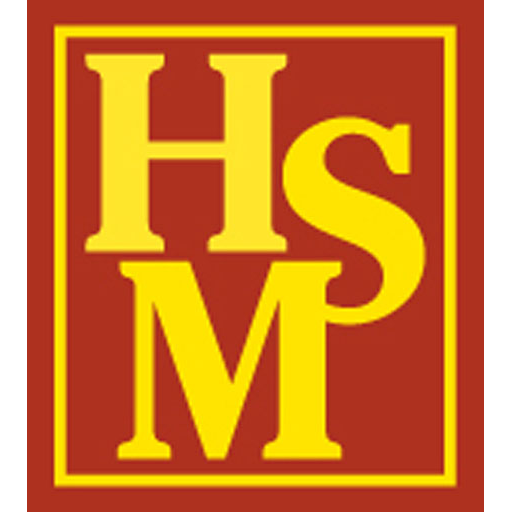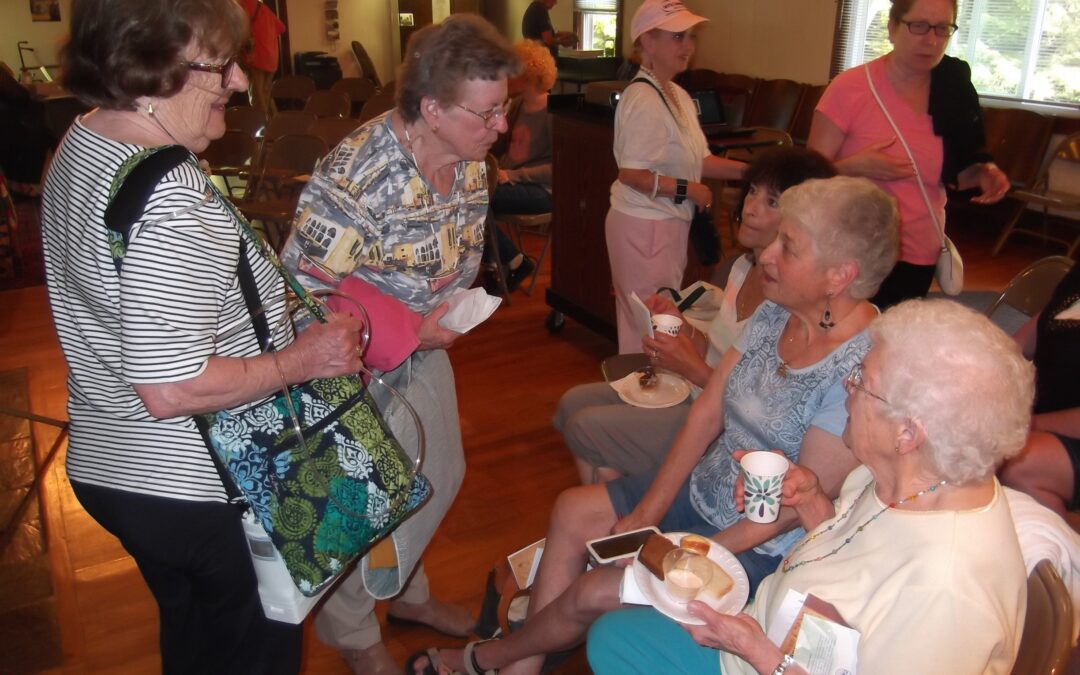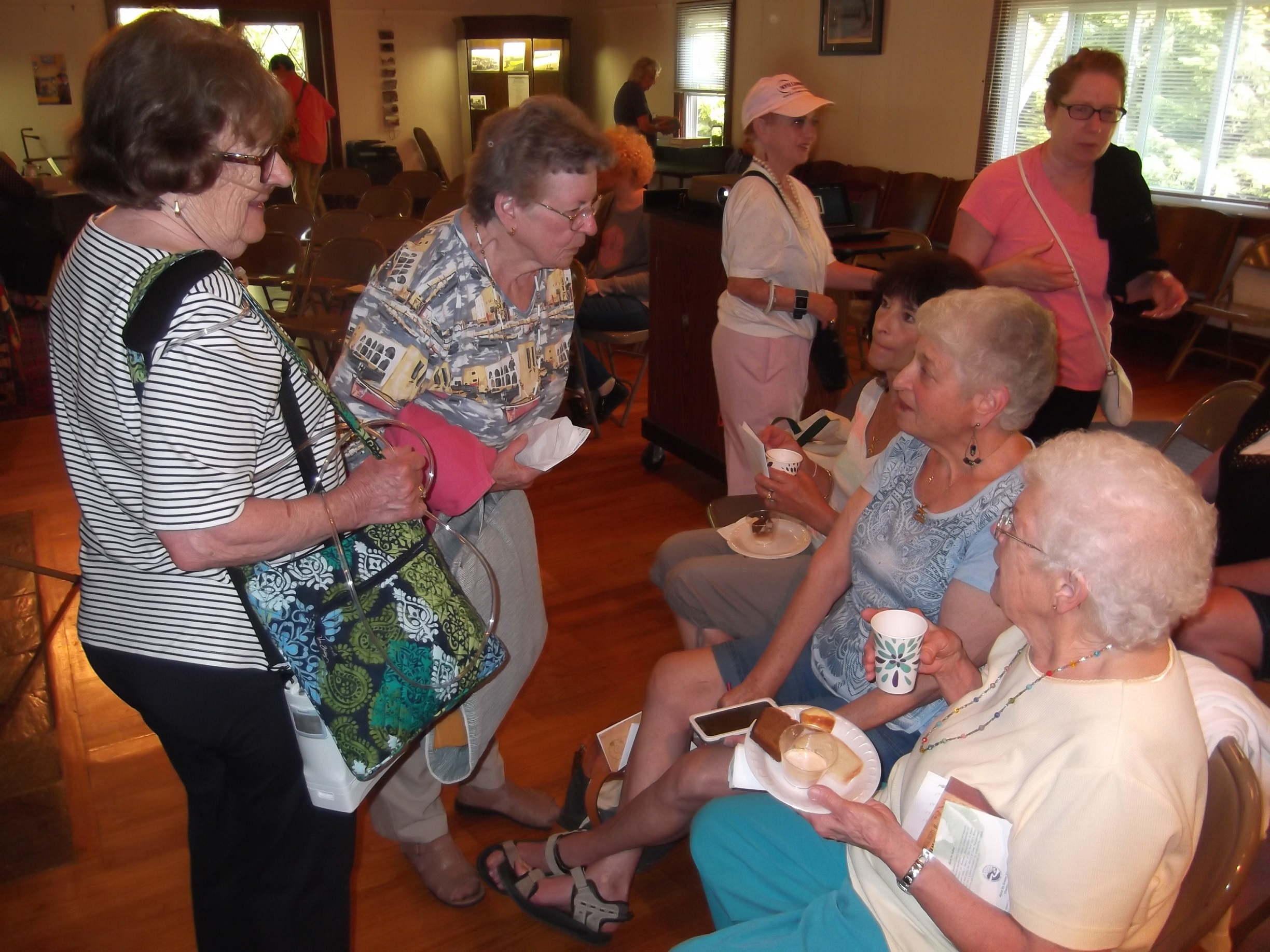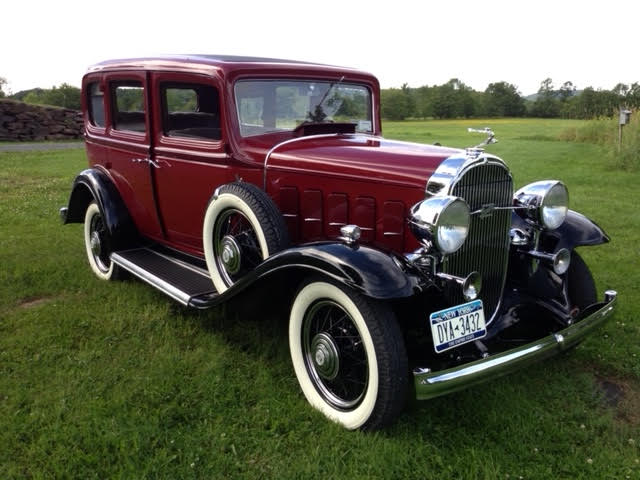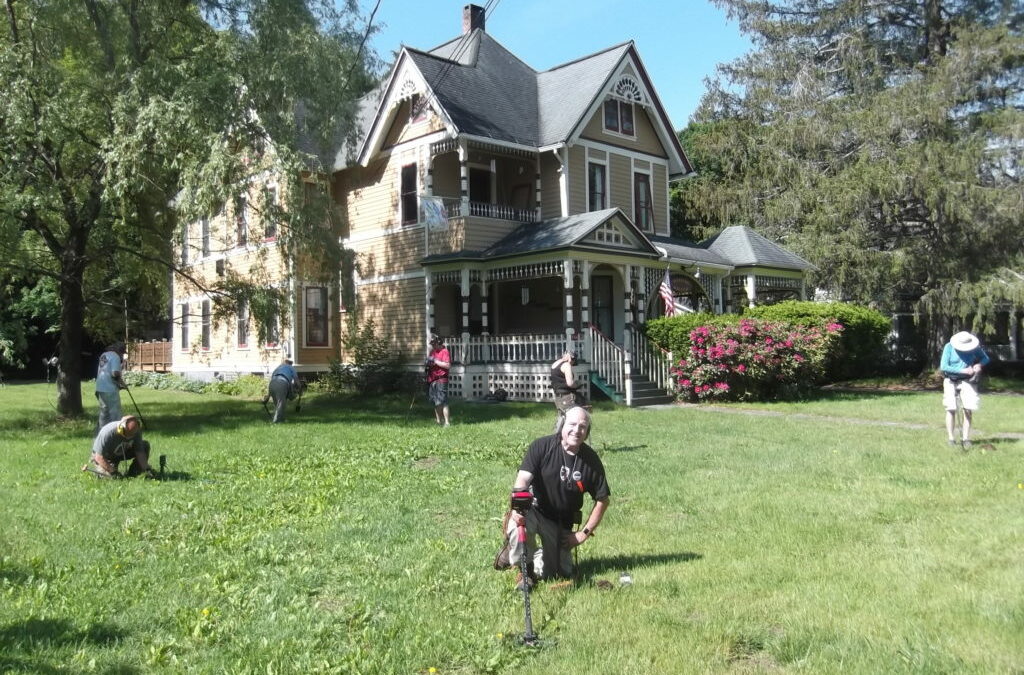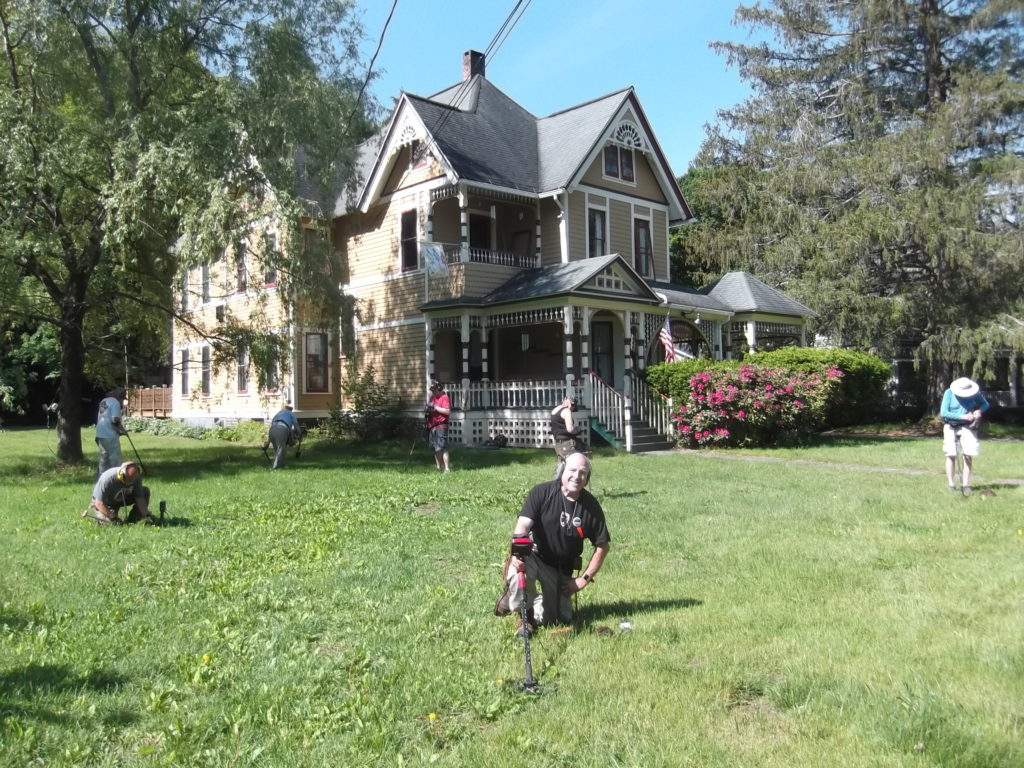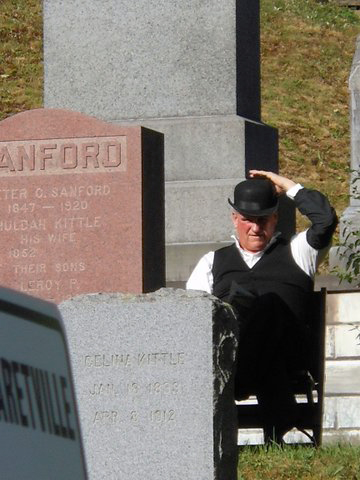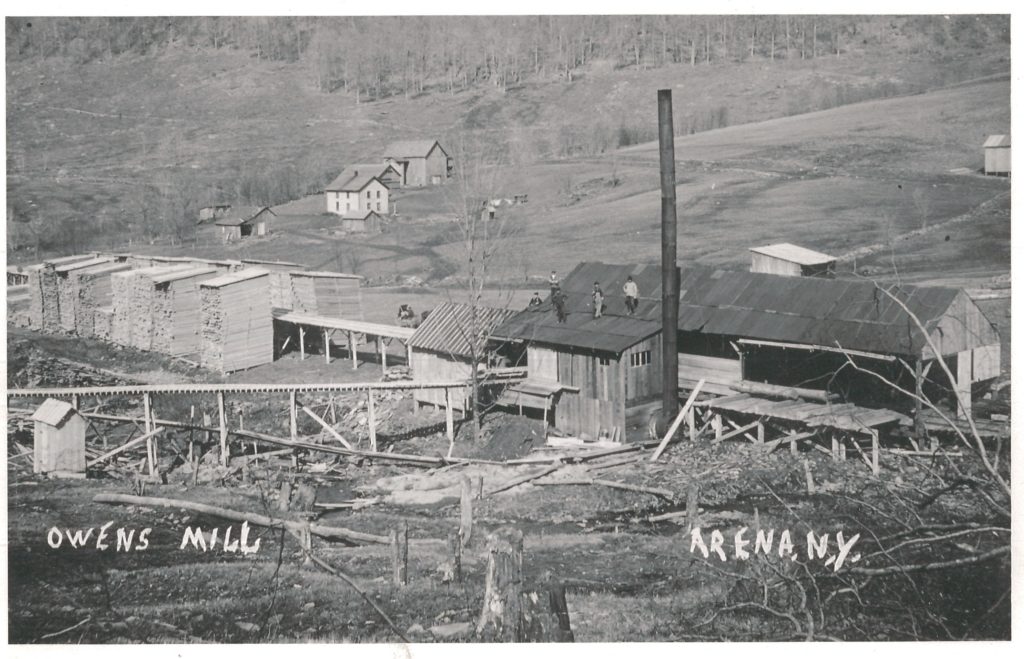Among the meticulously restored vehicles is the 1947 Cadillac Series 62 convertible that once belonged to Eva Peron (“Evita!”) of Argentina; a 1952 Ford taxi with 600,000 South American miles on it; a 1942 Packard 180 Clipper, one of only two in the world, said to have carried Harry Truman a time or two; several classic Fords from the ‘40s and ‘50s and a 2008 Shelby GT 500 convertible. “It’s very fast,” Herzberg says.
In case of rain, the tour will be held in the converted dairy barn on the property. Herzberg also collects vintage radios and phonographs and will have a selection on view.
